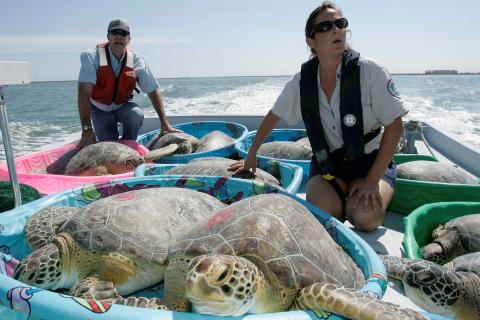We are restoring resources in multiple locations across the Gulf. For example, we have oyster reef projects in the waters off each of the five Gulf States. We are restoring habitats for migratory birds and sea turtles in multiple locations from barrier islands to the beaches that line the Gulf Coast. We have restoration projects for wetlands, coastal, and nearshore habitats and for improving water quality across the Gulf. And, we're continuing restoration of resources and habitats offshore in the Gulf, including new projects for marine mammals, deep-sea habitats, fish, and sea turtles.
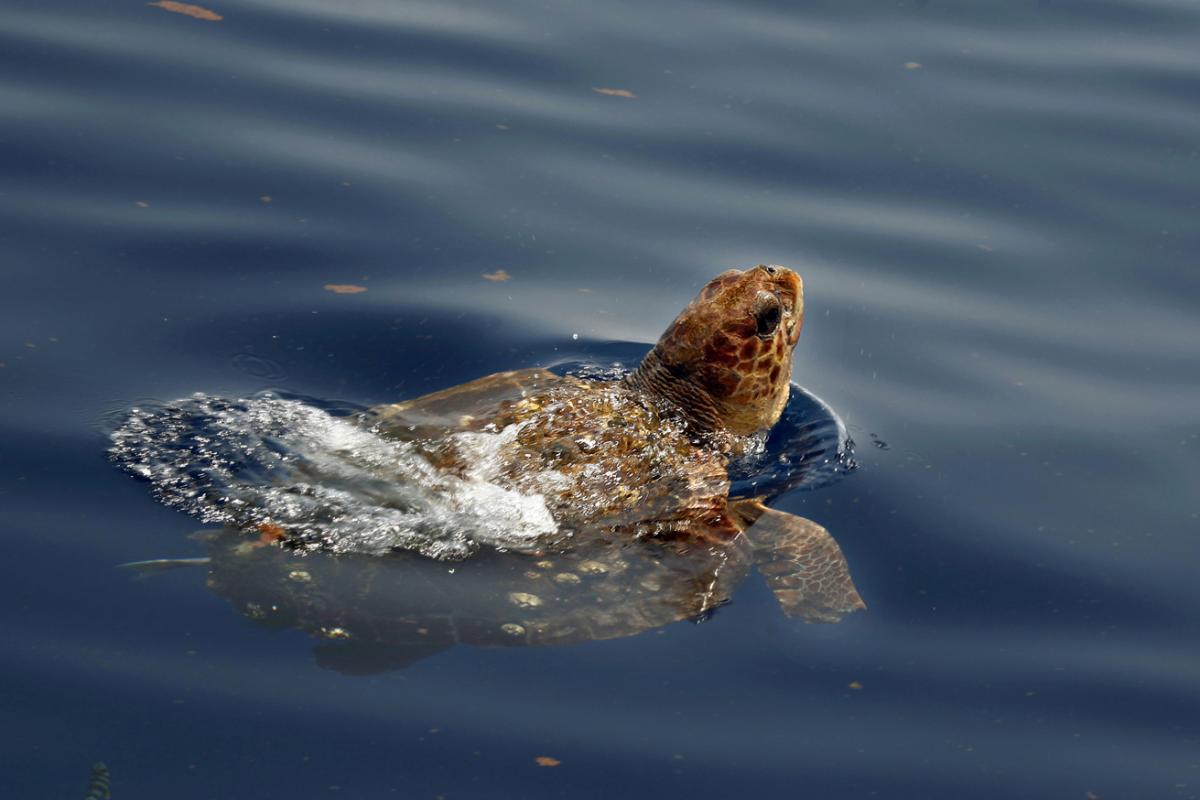 |
Sea Turtle Early Restoration in Texas and the Gulf of Mexico
This Texas and Regionwide Restoration Areas project has four components that address threats to sea turtles throughout the Gulf. The project helps restore sea turtles by protecting turtle nests in Texas and northern Mexico and by enhancing sea turtle stranding and rehabilitation efforts across the Gulf. The project is increasing the capacity to respond to, and understand, ongoing threats to sea turtles by enhancing the Stranding and Salvage Network in each Gulf State. It also created new gear monitoring teams to support the shrimp fishing industry with proper installation of turtle excluder devices, including through partnerships with Texas' law enforcement. The project also increases observer coverage to better understand where and when sea turtle bycatch is occurring.
|
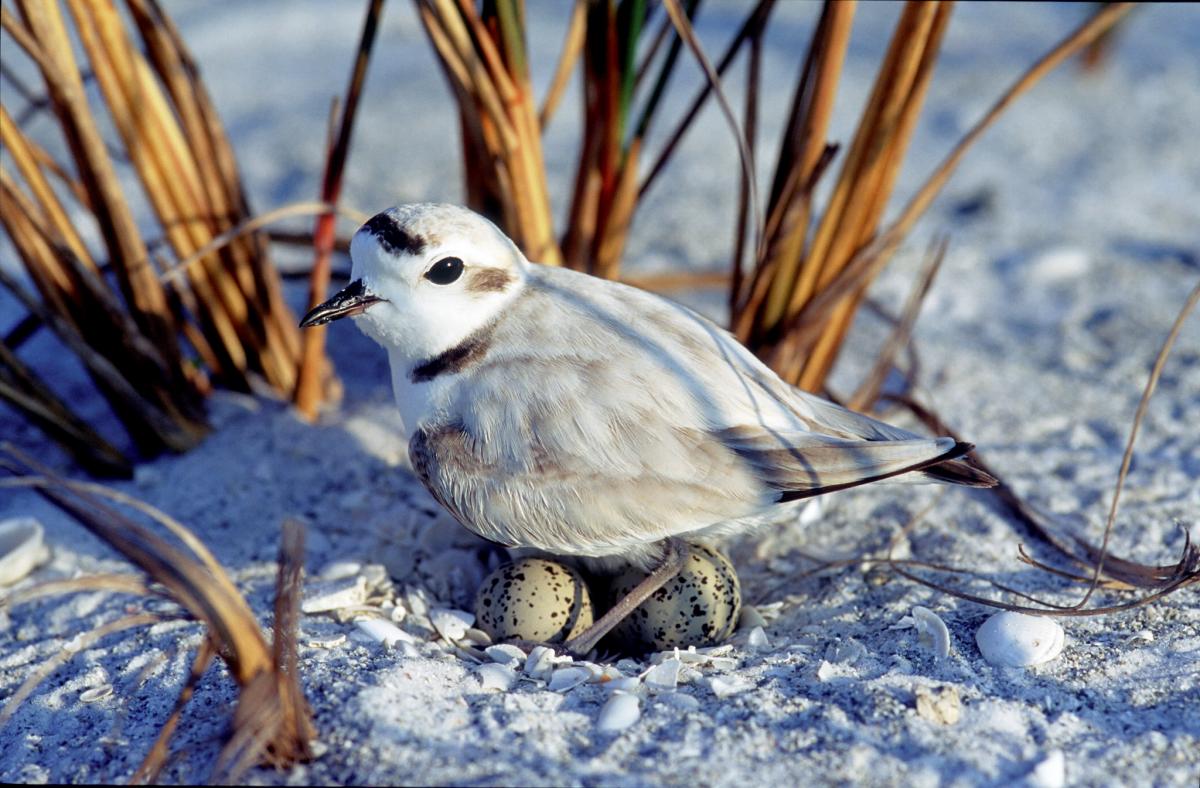 |
Enhanced Avian Habitat in Florida, Alabama and Mississippi
This Florida and Regionwide Restoration Areas project reduced disturbance to nesting and foraging habitat for beach-nesting birds in multiple sites across the coasts of Florida, Alabama, and Mississippi. The project included installation of protective fencing and warning signage around sensitive nesting sites of beach-nesting birds; increased predator control to reduce disturbance and loss of eggs, chicks, and adult beach-nesting birds at nesting sites; and increased surveillance and monitoring of posted nesting sites.
|
 |
“Improving the Night Sky” Sea Turtle-Friendly Lighting Project in Florida and Alabama
The Alabama and Regionwide Restoration Areas project reduced disturbance to nesting habitat for loggerhead sea turtles at numerous sites along the Florida and Alabama coast by replacing lighting that disrupted nesting activities and the movement of hatchlings back to the Gulf of Mexico. The project also included a public awareness campaign and educational materials. |
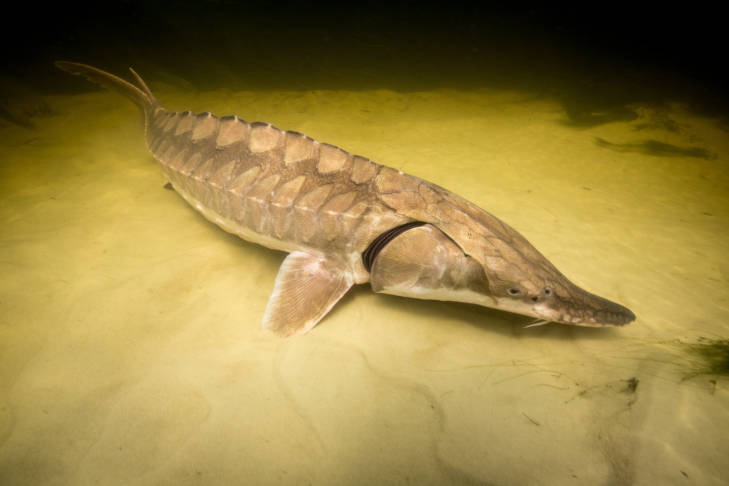 |
Characterizing Gulf Sturgeon Habitat and Habitat Use in the Pearl and Pascagoula Rivers in Mississippi
This Open Ocean Restoration Area project will provide information on the location and extent of essential spawning habitat, patterns of accessibility and use of this habitat by adult Gulf sturgeon, and origins of juvenile sturgeon in the Pearl and Pascagoula River systems. The information will come from numerous points along the two rivers and will help the Trustees prioritize future restoration projects for spawning habitat and improvement of water quality, among others.
|
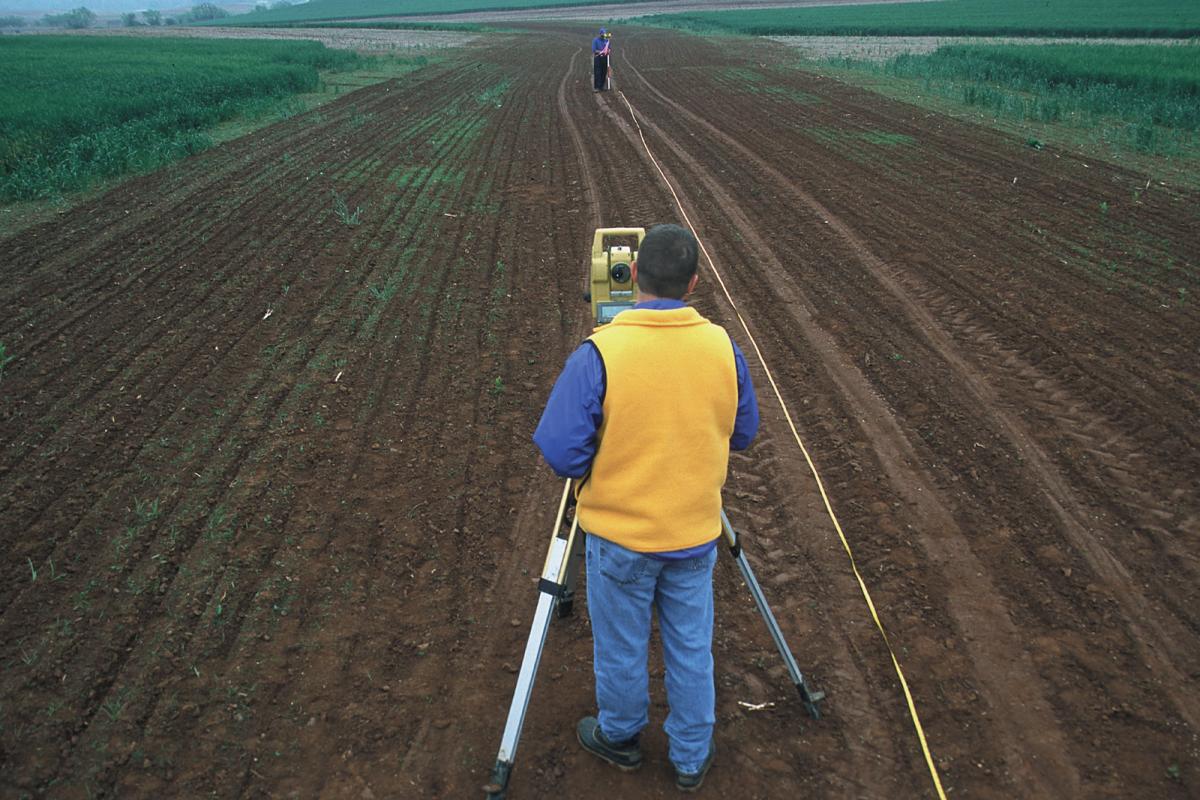 |
Improving Water Quality – Nutrient Reduction (nonpoint source) in Alabama, Florida, Louisiana, and Mississippi
These Alabama, Florida, Louisiana, and Mississippi Restoration Area projects will improve water quality and wildlife habitat conditions in coastal waters by reducing excess nutrient and sediment loss from agricultural and forested lands in coastal watersheds. These projects accelerate the implementation of conservation practices in agricultural areas that are vulnerable to nutrient and sediment loss to nearby streams. The projects support outreach and education on nutrient management, conservation planning, and conservation practices implementation to reduce nutrient losses from agricultural and forested lands. The projects also assess in-stream water quality conditions before and after conservation practice implementation. The Texas Restoration Area trustees have produced the “Texas Coastal Waters: Nutrient Reduction Strategies Report,” which identifies priority coastal watersheds in Texas with the best opportunities for reducing runoff of nonpoint source nutrients.
|
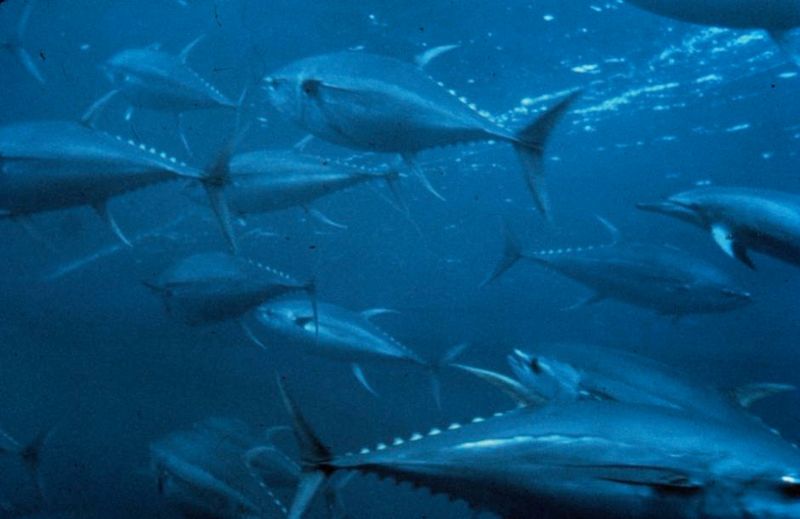 |
Restoring Oceanic Fish
The Oceanic Fish Restoration Project is being implemented as a partnership between NOAA, pelagic fishermen in the Gulf of Mexico, and the National Fish and Wildlife Foundation. Fishermen from Louisiana and Florida are participating in this effort to restore pelagic fish biomass in the Gulf of Mexico.
|
Read the Trustee Council's statement on 10 years after the Deepwater Horizon oil spill >>







